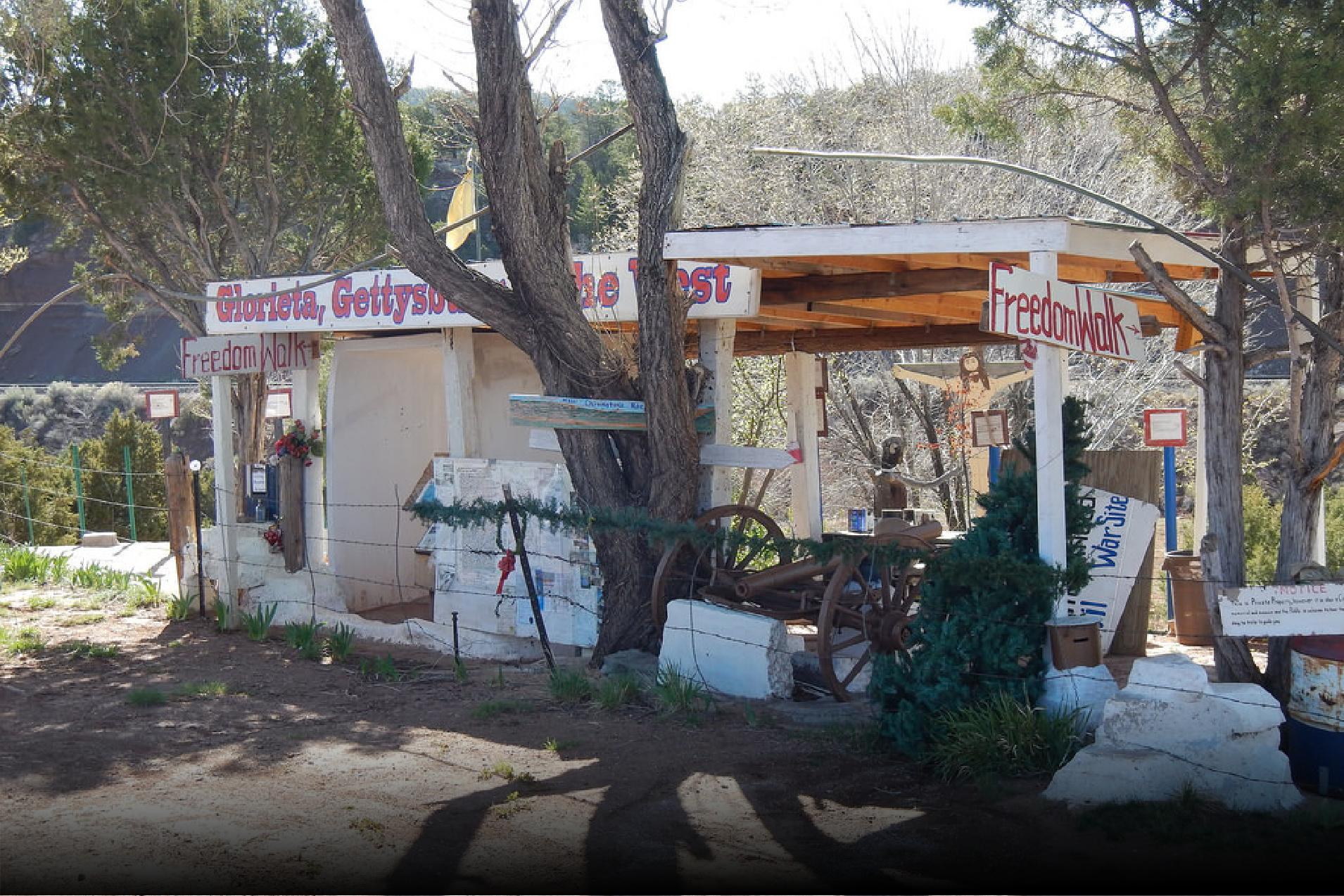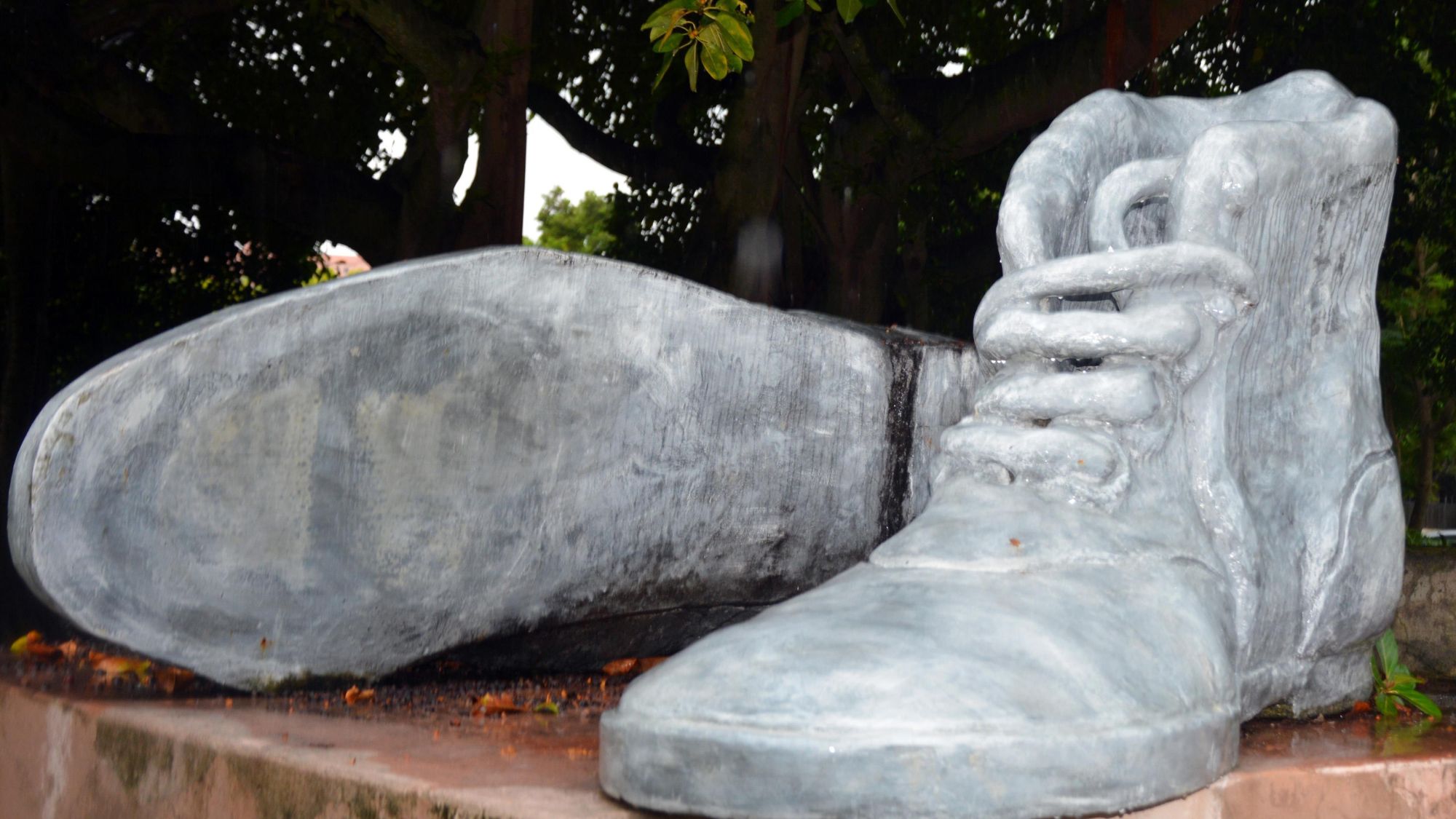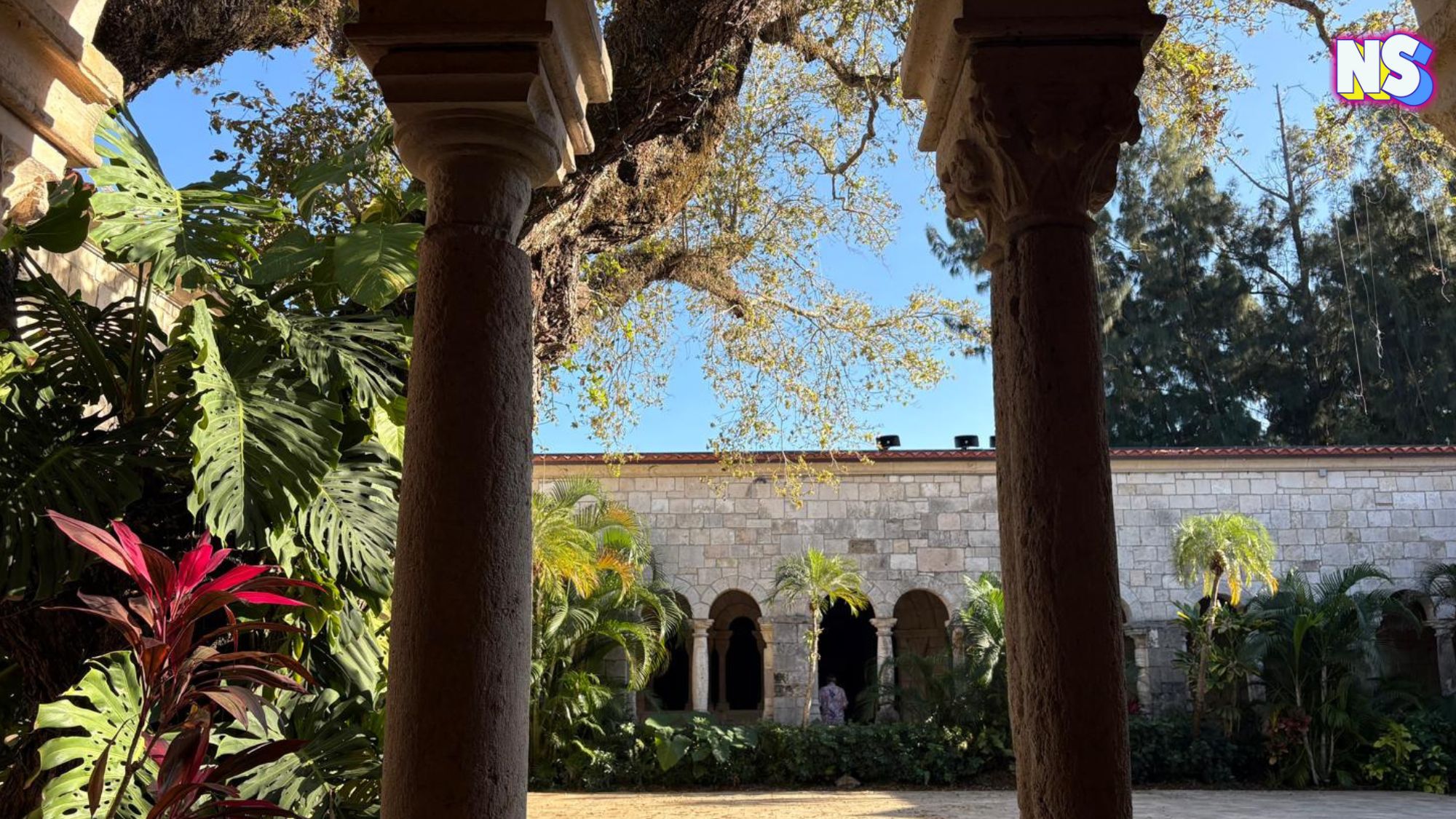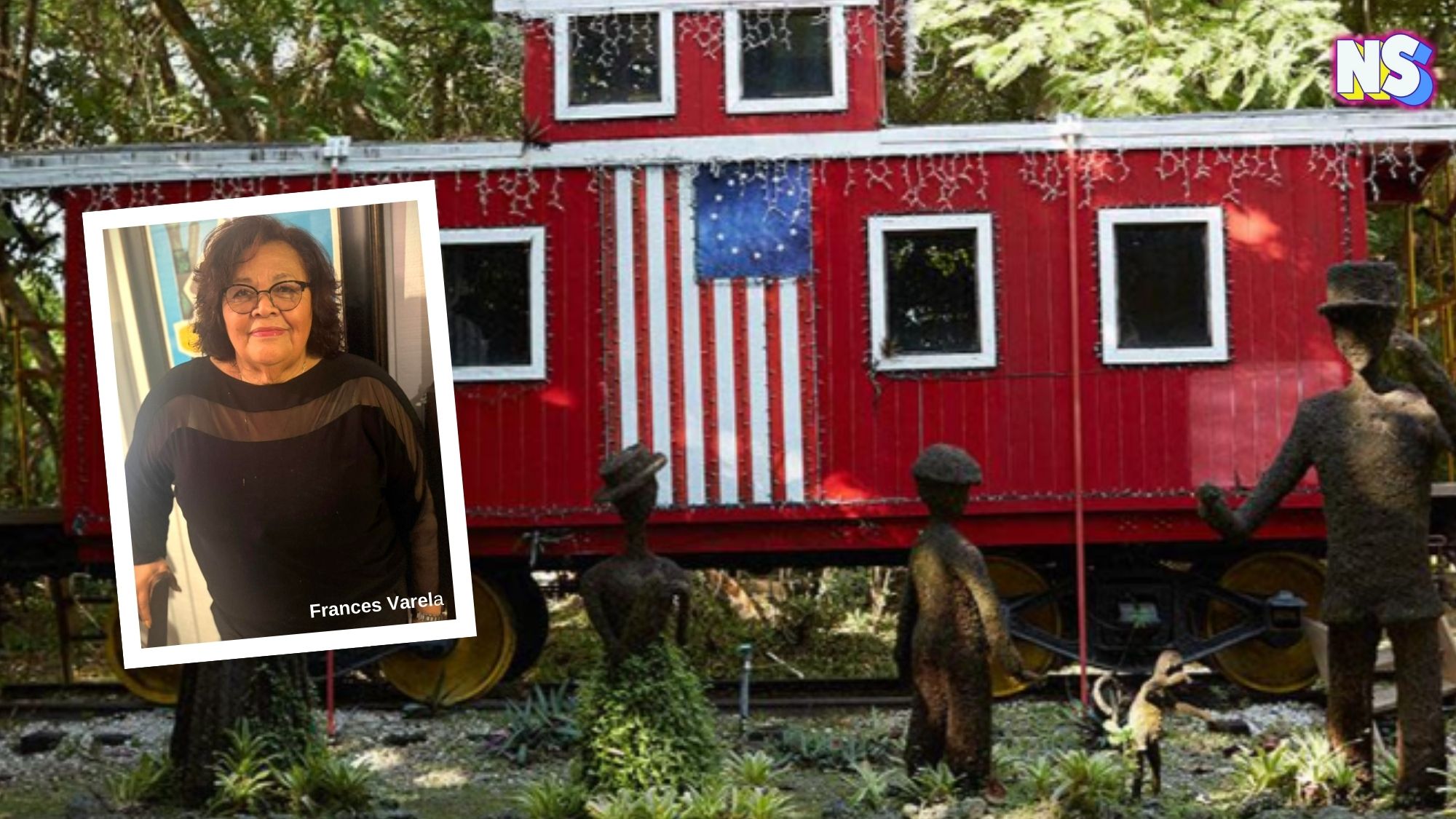Image courtesy of New Mexico Land Conservancy.
Often called “the Gettysburg of the West,” the Battle of Glorieta Pass is one of the least known battles of the Civil War. Its history shows how chance can affect events — just look at how this battle changed the course of the Civil War, all thanks to Latinos!
Looking West
When the Civil War began, Henry Hopkins Sibley, a veteran of the Mexican War, was stationed at Fort Union, New Mexico. Sibley resigned his commission and joined the Confederacy.
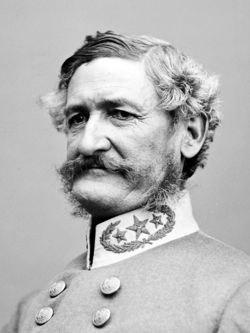
The veteran traveled to Virginia and spoke directly to Confederate President Jefferson Davis about the possibility of capturing the American West under the Confederate flag. At the time, the West held the largest reserve of gold and silver and controlling the region meant that the Confederacy would have control over the transcontinental railroad terminus and ports.
A decisive battle
In his new crusade, Sibley drove out the defenders of the Union’s Fort Craig near Socorro, New Mexico, the largest Union fort at the time.
It was an open battle that forced Sibley and his soldiers to maneuver around the fort, attempting to cut off its route to the north. The battle would henceforth be known as the Battle of Valverde.
Cornered, the Union was forced to retreat after its artillery was overwhelmed, but managed to fall back toward Fort Craig. Thus, while the Confederates gained on one side, the Union managed to regain some ground.
Short of supplies, Sibley advanced in hopes of regaining control of the fort. He advanced first to Albuquerque and then Santa Fe, where the Confederacy discovered that the Union had burned all its stores.
The only hope lay in another fort: Fort Union.
Sibley thought he could take supplies from the fort, about 40 miles west of Santa Fe. However, Colorado’s territorial governor, Louis Weld, had already sent 1,000 volunteers to reinforce the fort under Colonel John Slough.
Slough marched in the direction of Sibley thinking he had enough force to defeat him, and their encounter would set up the decisive battle for the fate of New Mexico.
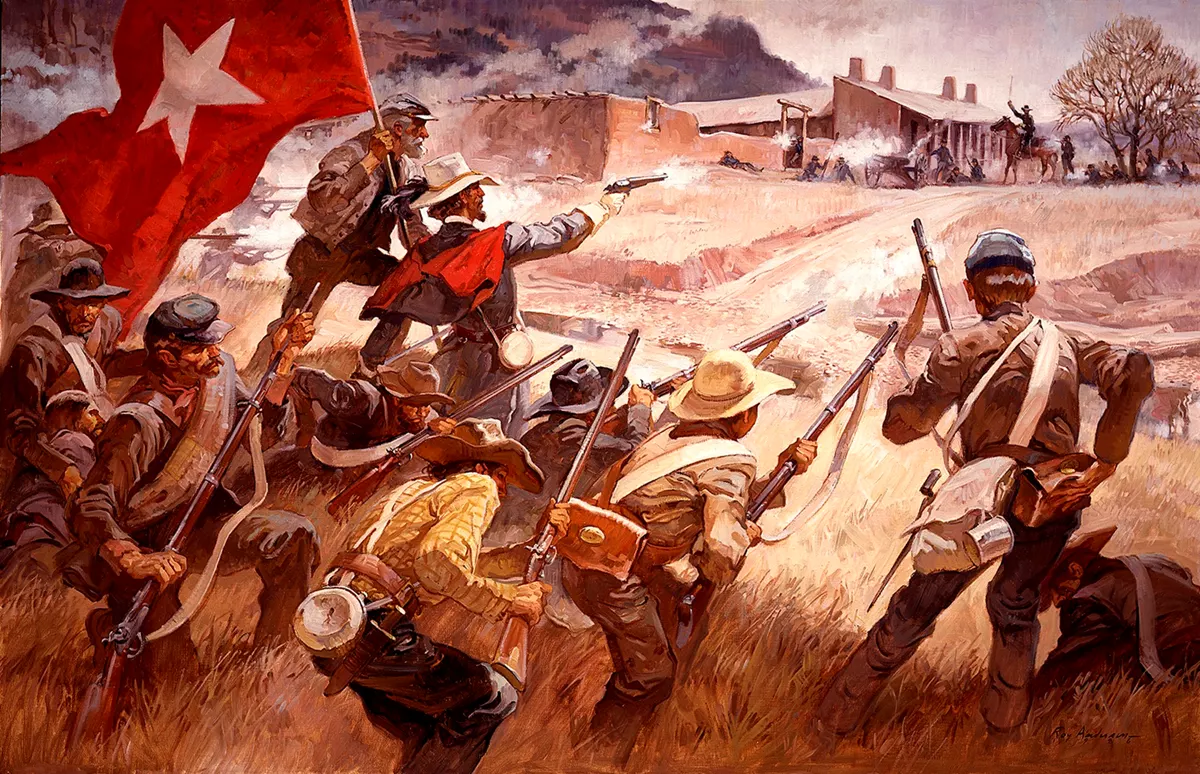
Battle of Glorieta Pass
Sibley opted to send forward a quick force under Lieutenant Colonel William Scurry and attack the Federals as soon as possible. Thinking he knew the exact location of the Confederates, Scurry took a chance with 1200 men, splitting them up and sending about 500 men with Major John Chivington.
But the Confederates moved much faster, and Chivington was far behind the lines when the two armies met at Glorieta Pass. This resulted in Scurry defeating Slough, and the Confederates were able to surround the Union, blocking their way.

As if by a miracle, in the middle of nowhere and unable to participate in the battle, former Mexican militiaman Manuel Chaves came to Chivington’s aid, leading him to the Confederate supply train.
Both had the opportunity to destroy the wagons and burn the supplies, leaving the Confederates with few options and ending the battle.
However, Chaves was not the only Latino to fight during the Civil War. The infantry at Fort Craig included New Mexican volunteers, predominantly Latinos, who played a crucial role in the battle that, according to historians, allowed the Union to maintain control of the West during the Civil War.
The Glorieta Pass Memorial is located 20 miles southeast of Santa Fe and was built by prosecutor Alonso Sanchez.
Fun Facts:
- Henry Sibley Sibley was the founder of the Sibley Store.
- Sibley and Union commander Edward Canby met during the Battle of Valverde. They had served together on many different fronts and had gone to West Point together. When Sibley married, Canby was the best man at his wedding.
- The Fifth Texas Cavalry was the only unit of Cavalry Lancers in the entire Civil War. They were soldiers who used a long lance, in the best style of the Napoleonic era, 50 years earlier.
Location: Santa Fe County, New Mexico
Address: NM-50, Glorieta, NM 87535, United States
Google 360-view: Visit Glorieta Park here.
https://nuestrostories.com/wp-content/uploads/2022/04/saac-Vallenilla-Nuestro-Stories-Writer-Image.png
.
Isaac Vallenilla is a cinema enthusiast with a Major in Modern languages from La Universidad de Los Andes, Venezuela. He has been working as a proofreader, translator, and educator for 6 years. He currently lives in Buenos Aires, Argentina.

